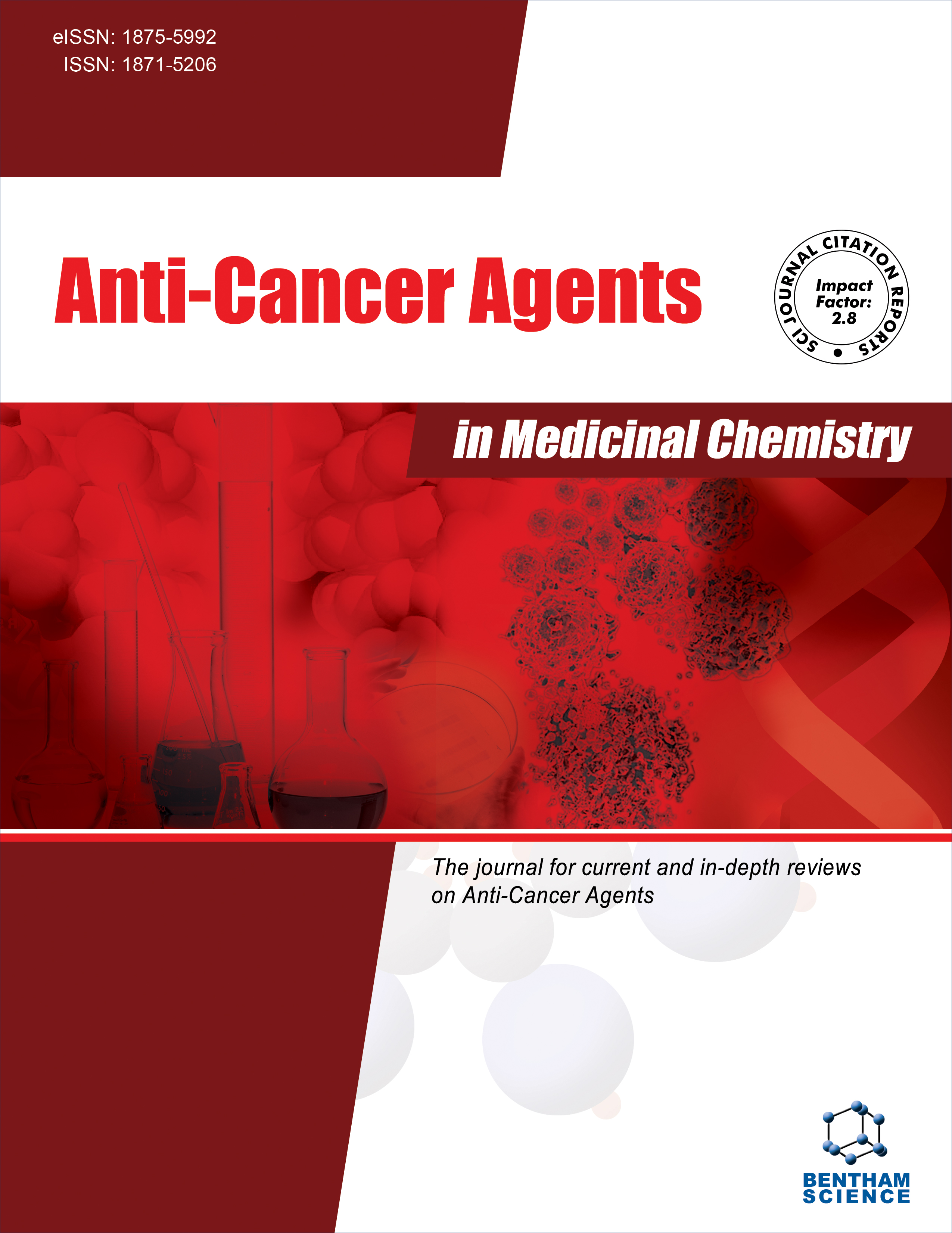
Full text loading...
Breast cancer is a leading cause of mortality among women, emphasizing the need for novel therapeutic strategies. Targeting key receptors such as ERα, EGFR, and HER2 is critical for improving breast cancer treatments.
This study aimed to identify potent Baloxavir derivatives with inhibitory potential against ERα, EGFR, and HER2 and evaluate their pharmacokinetic properties and stability through computational methods.
A library of 72 Baloxavir derivatives was screened using molecular docking with AutoDock Vina. The top 32 compounds, ranked by binding affinity, were further assessed for ADMET properties. AutoDock 4.2 refined the docking analysis to identify potential inhibitors. The stability of the lead compound was validated through a 100 ns molecular dynamics simulation, evaluating RMSD, RMSF, Radius of Gyration, MolSA, SASA, and protein-ligand interactions.
Seven compounds exhibited favorable ADMET profiles. Of these, six demonstrated strong inhibitory potential against ERα and HER2, while three showed promising activity against EGFR. Molecular dynamics simulations confirmed the stability of the lead compound, supporting its potential as a candidate for further development.
This computational study highlights Baloxavir derivatives as promising candidates for breast cancer therapy, providing a foundation for future preclinical investigations.

Article metrics loading...

Full text loading...
References


Data & Media loading...
Supplements

